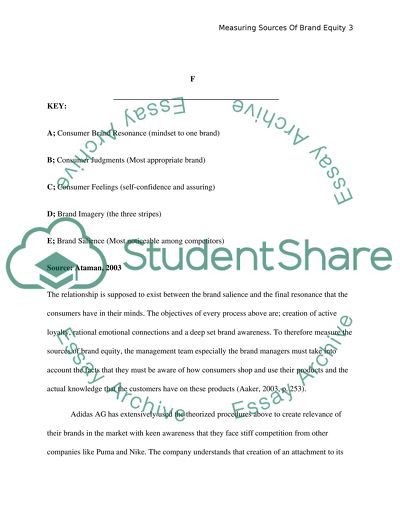Cite this document
(“Individual Portfolio Essay Example | Topics and Well Written Essays - 3000 words”, n.d.)
Individual Portfolio Essay Example | Topics and Well Written Essays - 3000 words. Retrieved from https://studentshare.org/marketing/1634713-individual-portfolio
Individual Portfolio Essay Example | Topics and Well Written Essays - 3000 words. Retrieved from https://studentshare.org/marketing/1634713-individual-portfolio
(Individual Portfolio Essay Example | Topics and Well Written Essays - 3000 Words)
Individual Portfolio Essay Example | Topics and Well Written Essays - 3000 Words. https://studentshare.org/marketing/1634713-individual-portfolio.
Individual Portfolio Essay Example | Topics and Well Written Essays - 3000 Words. https://studentshare.org/marketing/1634713-individual-portfolio.
“Individual Portfolio Essay Example | Topics and Well Written Essays - 3000 Words”, n.d. https://studentshare.org/marketing/1634713-individual-portfolio.


